Panasonic Attempts to Pull Tesla Out of Production Hell

When Tesla Motors began production of its Model 3 sedan, CEO Elon Musk announced the firm was entering into a kind of “ production hell.” He probably didn’t realize just how accurate a statement that would turn out to be. Already contending with a backlog of orders for the Model 3, Tesla simply couldn’t meet the volume targets it set for itself over the last year. It’s now bending over backwards to finish the quarter strong and prove to investors it is capable of turning a profit.
The automaker frequently referenced production bottlenecks as the culprit for the Model 3’s delay. Panasonic, the sole battery supplier for the vehicle, appears to be taking ownership of the issue. “The bottleneck for Model 3 production has been our batteries,” Yoshio Ito, Executive Vice President of Panasonic, said on Tuesday. “They just want us to make as many as possible.”
However, it’s not really Panasonic’s fault.
Tesla was short an entire assembly line (which was waiting for pickup at its German manufacturing unit Grohmann) for months. “That’s got to be disassembled, brought over to the Gigafactory, and re-assembled and then brought into operation at the Gigafactory,” Musk said in February. “It’s not a question of whether it works or not. It’s just a question of disassembly, transport and reassembly.”
Ultimately, Tesla decided to ship every piece of the necessary tooling via cargo plane to save time. It was then confronted with production restraints at its facility in Fremont, California. That issue was solved through the construction of an outdoor assembly line, but it created a new problem. Tesla found itself having trouble getting vehicles to the applicable delivery centers due to a lack of car carriers. It now claims to be constructing its own while satisfied customers volunteer at its various delivery hubs.
There’s a lot of moving pieces when it comes to the construction of a car. Not wanting to be a weak link in the supply chain, Panasonic already promised to add three production lines at Tesla’s Nevada Gigafactory by the end of the year. However, Bloomberg reports that the company said on Tuesday that it wants to push that timeline up as much as possible.
While not responsible for the battery packs themselves, Panasonic is responsible for the cells that go into them, plus much of the associated tooling. The three new lines will bring the plant’s total to 13, with a claimed capacity of 35 gigawatt hours, Ito said. While the majority of its cells will go into automobiles, some are also intended for home energy storage solutions. That’s a part of the business Tesla hasn’t been as keen on lately.
Either way, the new lines should help. Last November, Musk said the Gigafactory was holding back Model 3 volume — specifically the assembly line that packages battery cells, which Musk blamed on a subcontractor that “really dropped the ball.”
[Image: Tesla Motors]

A staunch consumer advocate tracking industry trends and regulation. Before joining TTAC, Matt spent a decade working for marketing and research firms based in NYC. Clients included several of the world’s largest automakers, global tire brands, and aftermarket part suppliers. Dissatisfied with the corporate world and resentful of having to wear suits everyday, he pivoted to writing about cars. Since then, that man has become an ardent supporter of the right-to-repair movement, been interviewed on the auto industry by national radio broadcasts, driven more rental cars than anyone ever should, participated in amateur rallying events, and received the requisite minimum training as sanctioned by the SCCA. Handy with a wrench, Matt grew up surrounded by Detroit auto workers and managed to get a pizza delivery job before he was legally eligible. He later found himself driving box trucks through Manhattan, guaranteeing future sympathy for actual truckers. He continues to conduct research pertaining to the automotive sector as an independent contractor and has since moved back to his native Michigan, closer to where the cars are born. A contrarian, Matt claims to prefer understeer — stating that front and all-wheel drive vehicles cater best to his driving style.
More by Matt Posky
Latest Car Reviews
Read moreLatest Product Reviews
Read moreRecent Comments
- SCE to AUX All that lift makes for an easy rollover of your $70k truck.
- SCE to AUX My son cross-shopped the RAV4 and Model Y, then bought the Y. To their surprise, they hated the RAV4.
- SCE to AUX I'm already driving the cheap EV (19 Ioniq EV).$30k MSRP in late 2018, $23k after subsidy at lease (no tax hassle)$549/year insurance$40 in electricity to drive 1000 miles/month66k miles, no range lossAffordable 16" tiresVirtually no maintenance expensesHyundai (for example) has dramatically cut prices on their EVs, so you can get a 361-mile Ioniq 6 in the high 30s right now.But ask me if I'd go to the Subaru brand if one was affordable, and the answer is no.
- David Murilee Martin, These Toyota Vans were absolute garbage. As the labor even basic service cost 400% as much as servicing a VW Vanagon or American minivan. A skilled Toyota tech would take about 2.5 hours just to change the air cleaner. Also they also broke often, as they overheated and warped the engine and boiled the automatic transmission...
- Marcr My wife and I mostly work from home (or use public transit), the kid is grown, and we no longer do road trips of more than 150 miles or so. Our one car mostly gets used for local errands and the occasional airport pickup. The first non-Tesla, non-Mini, non-Fiat, non-Kia/Hyundai, non-GM (I do have my biases) small fun-to-drive hatchback EV with 200+ mile range, instrument display behind the wheel where it belongs and actual knobs for oft-used functions for under $35K will get our money. What we really want is a proper 21st century equivalent of the original Honda Civic. The Volvo EX30 is close and may end up being the compromise choice.
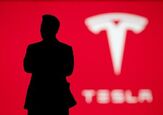
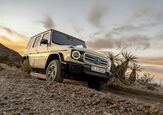
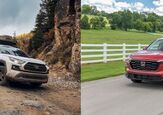






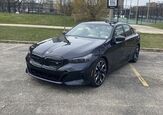
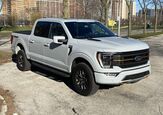





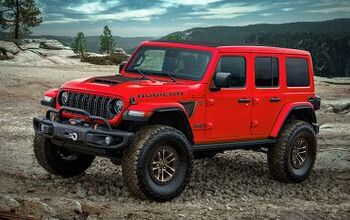
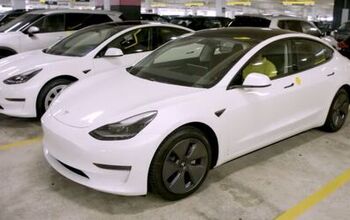
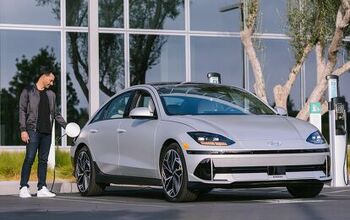

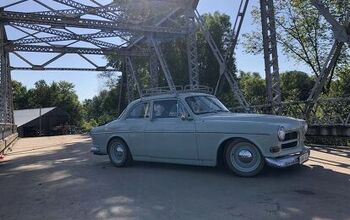
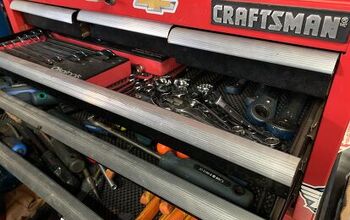
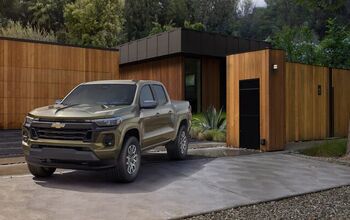
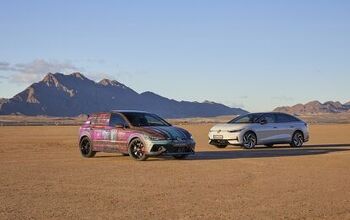
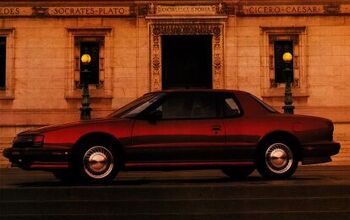
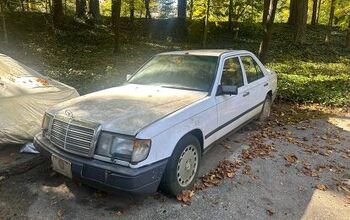
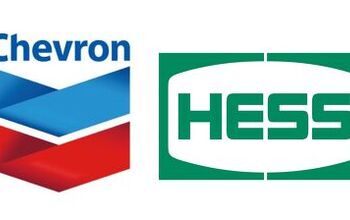
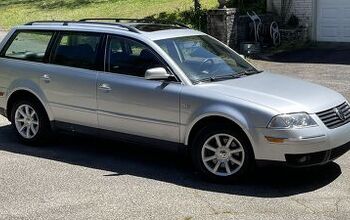
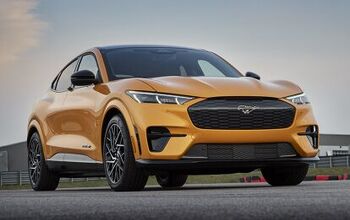
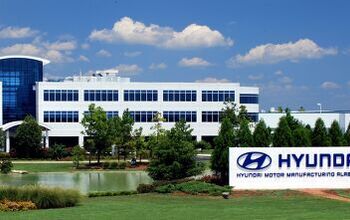
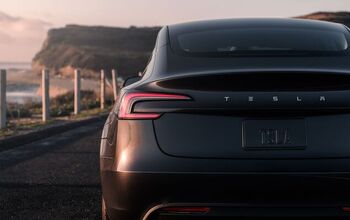
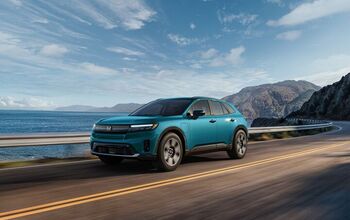
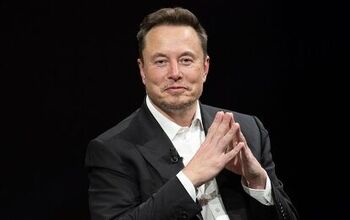
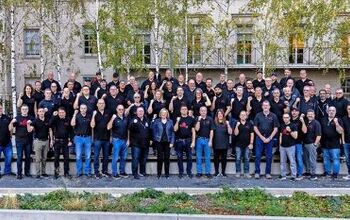
Comments
Join the conversation
I read an interesting article the other day which explained that Jaguar only managed to make 140 I Paces in Austria last month due to production problems! I suspect Jaguar will be free of its own production hell much much more quickly than Tesla but it goes to show that even an established car maker is struggling with electric car manufacturing.
Production problems listed above dont pass the smell test. I think they are making excuses but the real delay was unbuildable design. Munro tear down show real primitive design.